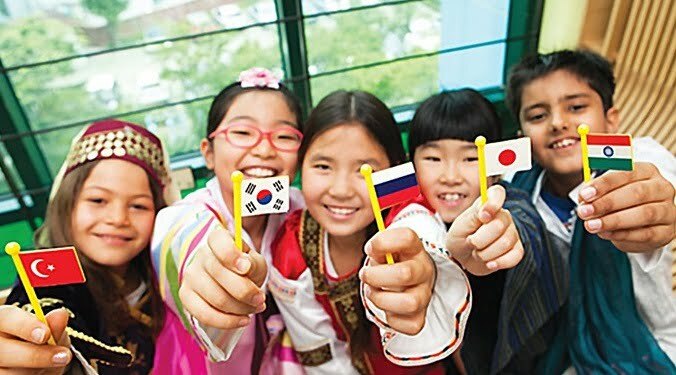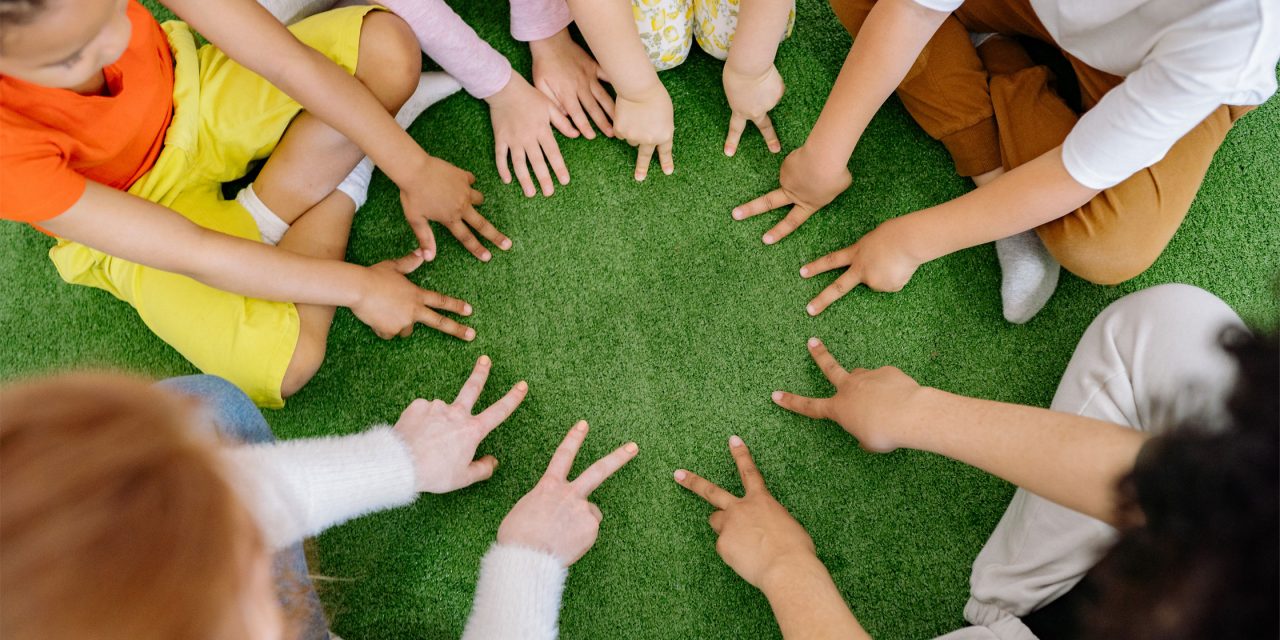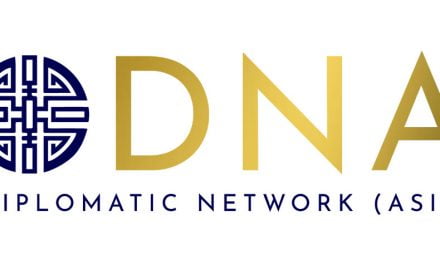
Many citizens of the world still acknowledge and endorse racial and xenophobic actions against minorities in their countries as a common practice. This is something totally opposed to what many nations have tried to accomplish through policies that promote the recognition and respect of cultural diversity. It should all begin with teaching our children about the importance of tolerance and then exercising it within our communities. Bullying for racial reasons or any others cannot be accepted.
Multiculturism is the presence of various cultures in the same geographical or social space. It includes all aspects such as religious beliefs, languages, food, art, ideas, philosophies ethnicities and music. As a political philosophy, multiculturalism promotes existing cultural diversity within an environment and supports programs or policies which help facilitate peace and acceptance of such diversity for the wellbeing of human development. An example of a multiculturism practice includes: the promotion of respect and tolerance towards any sort of difference; the deterrence of prejudice and stereotypes; the facilitation of peaceful coexistence; and the exchange of customs and traditions between different groups. This creates interculturality. Thanks to this cultural phenomenon, countries like Singapore celebrate their diverse nature through cultural enclaves, like Chinatown and Kampong Glam.
It is always necessary to take an academic and educational approach towards multiculturism. When a country has different ethnic groups – which can be differentiated by skin colour, religions, or different native tongues and dialects – all of them combine with other elements, like socio-economic differences, to create a melting pot of humans. This requires a specific educational strategy in order to face such differences, which must be acknowledged and celebrated.
Here is where international schools play an important role within our community. The celebration of a dedicated ‘International Day’, in which the schools’ management, teachers, students and their parents showcase their cultures is a great example of multiculturalism. Even more so, a school’s different linguistic offerings, like English, French, German, Mandarin, and Spanish, promote alterity within our youth. Being bilingual has become well sought after when applying for international jobs in today’s global world.
We want to encourage all future generations to practice multiculturalism by celebrating cultural diversity and respecting others, regardless of their differences. Many atrocities in this world could be avoided if people were more tolerant of the Other. So, let’s start with something small, like taking interest in our neighbour – no matter their differences. A tolerant world starts with us as individuals.
Written by: Rodrigo Chiari.






